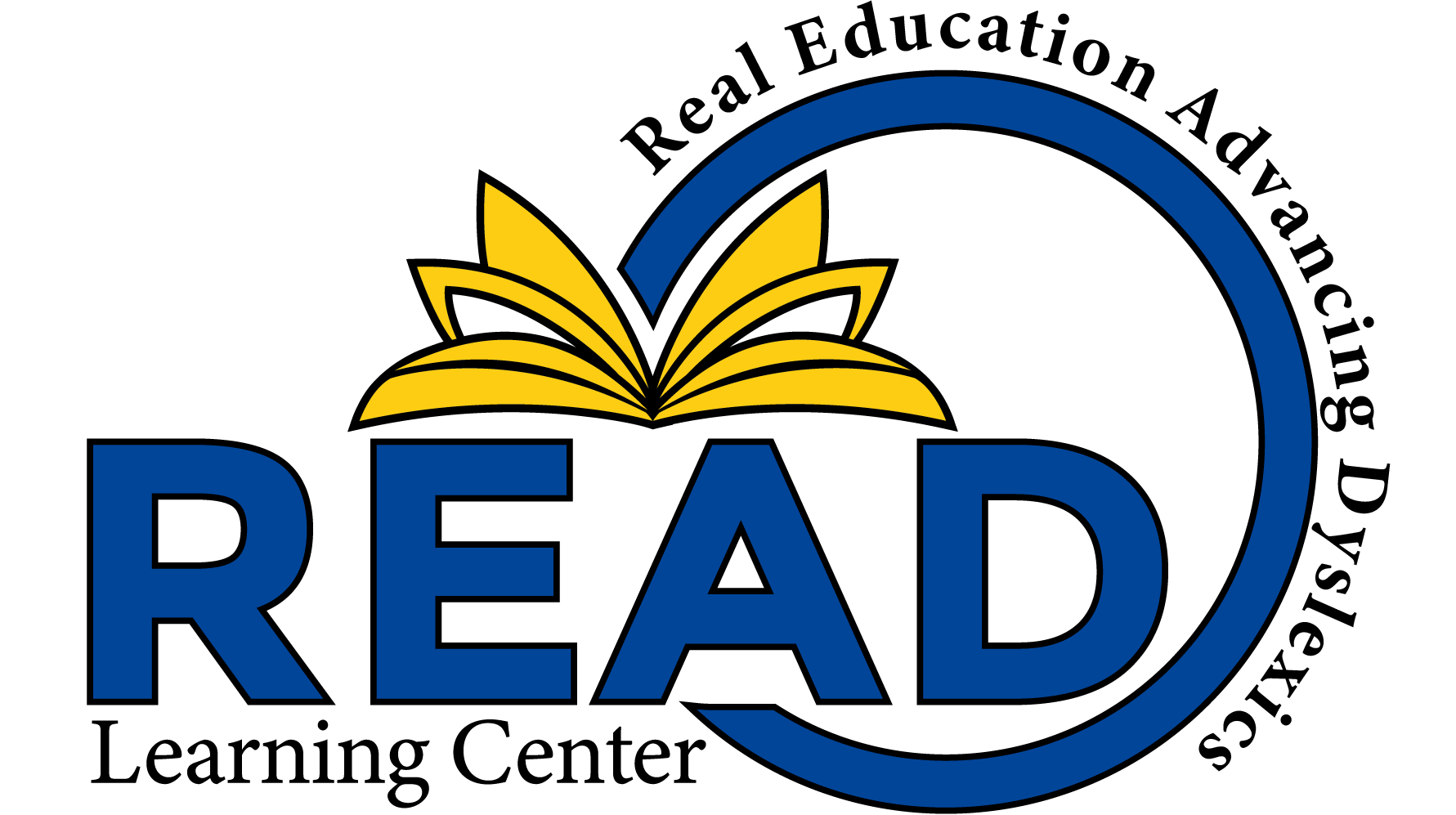Imagine reading as a constant challenge. The letters seem to dance on the page, twisting and turning into unfamiliar shapes. Words that you’ve seen a hundred times suddenly look foreign. You can try to sound them out, but the sounds don’t make sense. This is the experience of dyslexia, a common learning difference that affects the way the brain processes language.
But here’s the good news: dyslexia doesn’t mean your child can’t learn to read. With the right support and specialized instruction, individuals with dyslexia can build strong literacy skills and develop a love for reading. One such program that Read Learning Center offers that can help them lay a solid foundation is called Foundations in Sounds.
Table of Contents
What is Foundations in Sounds?
Foundations in Sounds is a pre-reading program that focuses on building the key skills that are often deficient in those with dyslexia. These skills, often considered the building blocks of reading, include:
- Phonemic Awareness: Think of this as the ability to hear, identify, and manipulate individual sounds within words. Can you tell the difference between words like “cat” and “mat”? Can you break apart the word “stop” into its individual sounds?
- Auditory Discrimination: This skill helps you differentiate between similar sounds, such as the /m/ sound and the /n/ sound.
- Auditory Memory: The ability to hold and recall sequences of sounds, crucial for connecting sounds with their letter representations.
Foundations in Sounds doesn’t focus on teaching letters or reading itself. Instead, it targets these underlying auditory processing skills, preparing the brain to tackle the complexities of decoding and reading fluently.
Why Foundations in Sounds is Helpful for Dyslexic Students
Dyslexic brains often struggle with processing sounds within language. Foundations in Sounds works to bridge this gap with engaging activities and exercises. Here’s why it’s valuable:
- Intensive Focus: The program concentrates on core foundational skills in a systematic, structured way. This helps avoid the overwhelm that students might feel in traditional reading instruction.
- Multisensory Approach: Foundations in Sounds uses a variety of activities that involve seeing, hearing, and even physical movement. This multi-modal approach strengthens connections in the brain for better learning.
- Success-Oriented: The program starts with easy sounds and tasks, gradually increasing the difficulty. This emphasis on success helps build confidence and removes the negative associations with reading.
- Bridge to Advanced Reading Programs: Many dyslexia specialists recommend Foundations in Sounds as an excellent precursor to more comprehensive reading programs like the Orton-Gillingham-based Barton System.
What does a Foundations in Sounds lesson look like?
Foundations in Sounds lessons are typically short, focused, and involve lots of repetition to solidify skills. Here’s a glimpse into what they might cover:
- Sound Discrimination: Listening to a series of words and identifying which ones start with a specific sound.
- Sound Blending: Putting together individual sounds to form a word.
- Sound Manipulation: Removing, adding, or changing sounds in words to create new words.
- Memory Games: Recalling a sequence of sounds or words in the correct order.
The activities are often playful and involve simple manipulatives or hands-on movement to keep things interesting.
The Importance of Early Intervention
Early intervention is crucial in dyslexia. Foundations in Sounds is especially beneficial for Read Learning Center’s pre-readers and early elementary students. By addressing potential stumbling blocks early on, you help set your child up for a smoother transition into formal reading instruction.
Visit the READ Learning Center to enhance your child’s educational journey and unlock the full potential of sound-based activities we offer.


Very interesting topic, appreciate it for posting. “All human beings should try to learn before they die what they are running from, and to, and why.” by James Thurber.